Ever wonder if swapping out your spark plugs will actually make your car feel different? The short answer is yes - but the size of the change depends on a few key factors. Below we break down what spark plugs do, how you’ll know they’re worn, what you can expect after a fresh set, and the best way to get the most out of the upgrade.
What a Spark Plug Actually Does
Spark Plug is a small electro‑mechanical device that creates an electric spark to ignite the fuel‑air mixture inside each cylinder’s combustion chamber. It sits at the end of the ignition system’s high‑voltage line and fires at precisely the right moment for each engine cycle.
The spark’s timing, strength, and consistency are dictated by the Ignition Coil and the Engine Control Unit (ECU). When everything works together, the mixture combusts cleanly, delivering power and keeping emissions low.
Signs Your Spark Plugs Need Replacing
- Rough idle or stalling when the engine is at a stop.
- Decreased acceleration - the car feels sluggish.
- Hard starts, especially in cold weather.
- Higher fuel consumption; you’ll notice more trips to the pump.
- Engine misfire warning light (P0300 series code).
These symptoms often point to a worn Misfire caused by fouled or eroded electrodes. If you’ve logged more than 30,000 km since the last change, it’s time to inspect them.
How Replacing Spark Plugs Affects Engine Performance
When you install a fresh set, three main performance areas improve:
- Power Output: A clean spark ignites the Fuel‑Air Mixture more evenly, allowing the engine to produce its rated horsepower. Drivers often report a 2‑5 % increase in throttle response.
- Fuel Efficiency: Better combustion means less unburned fuel passes through the exhaust. In real‑world tests, owners see a 1‑3 % gain in miles per litre.
- Idle Smoothness & Emissions: A consistent spark reduces the chance of a cylinder firing late or not at all, which lowers exhaust hydrocarbons and keeps the idle steady.
The magnitude of these gains varies with the type of plug you choose, the engine’s condition, and driving style.

Comparing Common Types of Spark Plugs
| Feature | Copper | Platinum | Iridium |
|---|---|---|---|
| Electrode Material | Pure copper (high thermal conductivity) | Platinum alloy on center electrode | Iridium alloy (hardest of the three) |
| Typical Lifespan | 15,000-30,000 km | 45,000-60,000 km | 90,000-120,000 km |
| Heat Range | High (quickly dissipates heat) | Medium | Low‑Medium (better at retaining heat for a strong spark) |
| Cost (NZD) | ~$10 per set (4‑6 plugs) | ~$30 per set | ~$55 per set |
| Performance Gain | Baseline | +1‑2 % power, +1 % fuel economy | +2‑4 % power, +2‑3 % fuel economy |
The Iridium Spark Plug delivers the longest life and the strongest, most consistent spark, making it the top choice for high‑performance or long‑haul drivers. Platinum sits nicely in the middle, offering decent longevity without the premium price. Copper remains the budget option, perfect for older engines that run cooler.
Installation Tips and Common Pitfalls
- Let the engine cool completely - a hot engine can damage ceramic insulators.
- Disconnect the battery to avoid accidental short‑circuits.
- Remove the old plug with a proper spark‑plug socket; turn counter‑clockwise.
- Check the gap of the new plug with a feeler gauge. Most modern plugs come pre‑gapped, but a quick verification ensures the Gapped Spark Plug matches the manufacturer’s spec (often 0.8-1.2 mm for four‑cylinder cars).
- Apply a thin coat of anti‑seize compound on the threads, then hand‑tighten.
- Torque to the OEM specification (usually 13-20 Nm). Overtightening can crack the ceramic, undertightening can cause a mis‑fire.
- Reconnect the battery and fire up the engine. The idle should be smooth; if it’s rough, double‑check the gap and torque.
Common mistakes include using the wrong torque, skipping the gap check, or mixing up plug heat ranges. A mis‑matched heat range can lead to pre‑ignition (engine knocking) or fouling.
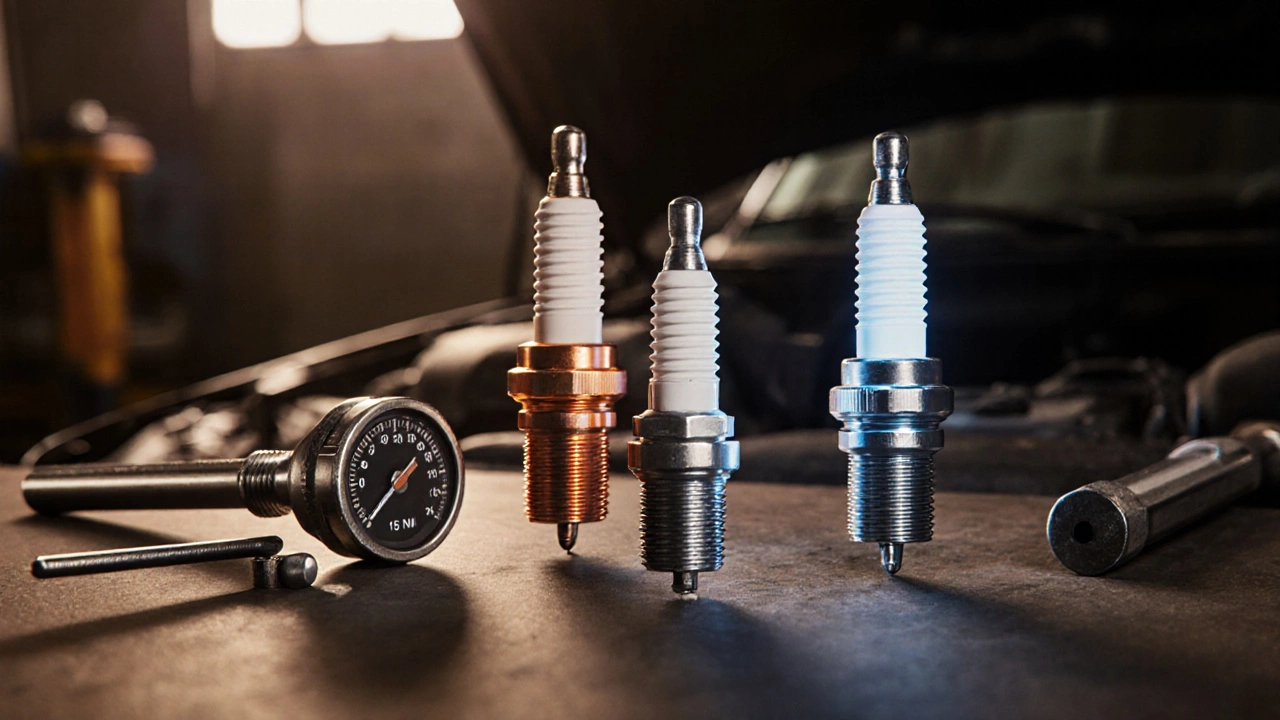
How Soon Will You Notice the Difference?
Most drivers feel a change within the first few drives after installation. If you were dealing with a mis‑fire, the engine will idle more evenly almost immediately. Acceleration feels snappier once the ECU relearns the new spark timing, which usually takes a couple of minutes of moderate driving.
Fuel‑efficiency improvements may take a longer test - run a “tank‑to‑tank” comparison over similar routes before and after the swap. Expect a measurable change after 200-300 km of mixed city and highway driving.
In colder climates like Auckland’s winter, a fresh set can also aid cold‑starts, reducing the time the engine spends churning before it fires.
Bottom Line: Will You Feel a Difference?
Yes - if your old plugs were worn, the upgrade will be noticeable. Power and throttle response improve, idle smooths out, and you’ll likely see a modest bump in fuel economy. Choose the plug type that matches your driving habits and budget: copper for basic reliability, platinum for a balance of cost and performance, or iridium for the longest life and biggest gain.
Remember, the spark plug is just one piece of the ignition puzzle. Pair a good plug with a healthy ignition coil and a well‑tuned ECU, and you’ll keep your engine humming for years.
How often should I replace my spark plugs?
Most manufacturers recommend replacement every 30,000-50,000 km for copper plugs, 45,000-60,000 km for platinum, and up to 120,000 km for iridium. Check your owner’s manual and look for symptoms like rough idle or misfire warnings.
Can I mix different brands of spark plugs in the same engine?
It’s best to use the same brand and heat range on all cylinders. Mixing brands can create slight timing differences that lead to uneven combustion and reduced performance.
Do I need to reset the ECU after changing spark plugs?
Modern ECUs automatically adapt within a few minutes of driving. If you see a lingering check‑engine light, a quick reset (disconnect battery for 10 seconds) can help the system relearn.
Is it worth spending extra on iridium plugs for a regular commuter car?
If you drive a lot (over 20,000 km a year) and want the longest interval between services, iridium can be cost‑effective. For occasional drivers, platinum offers a solid middle ground.
What’s the difference between a gapped and a non‑gapped spark plug?
All spark plugs require a precise gap between the center and ground electrodes. Some plugs are sold pre‑gapped for the specific engine; others need the gap set manually with a feeler gauge. A wrong gap can cause weak sparks or premature wear.
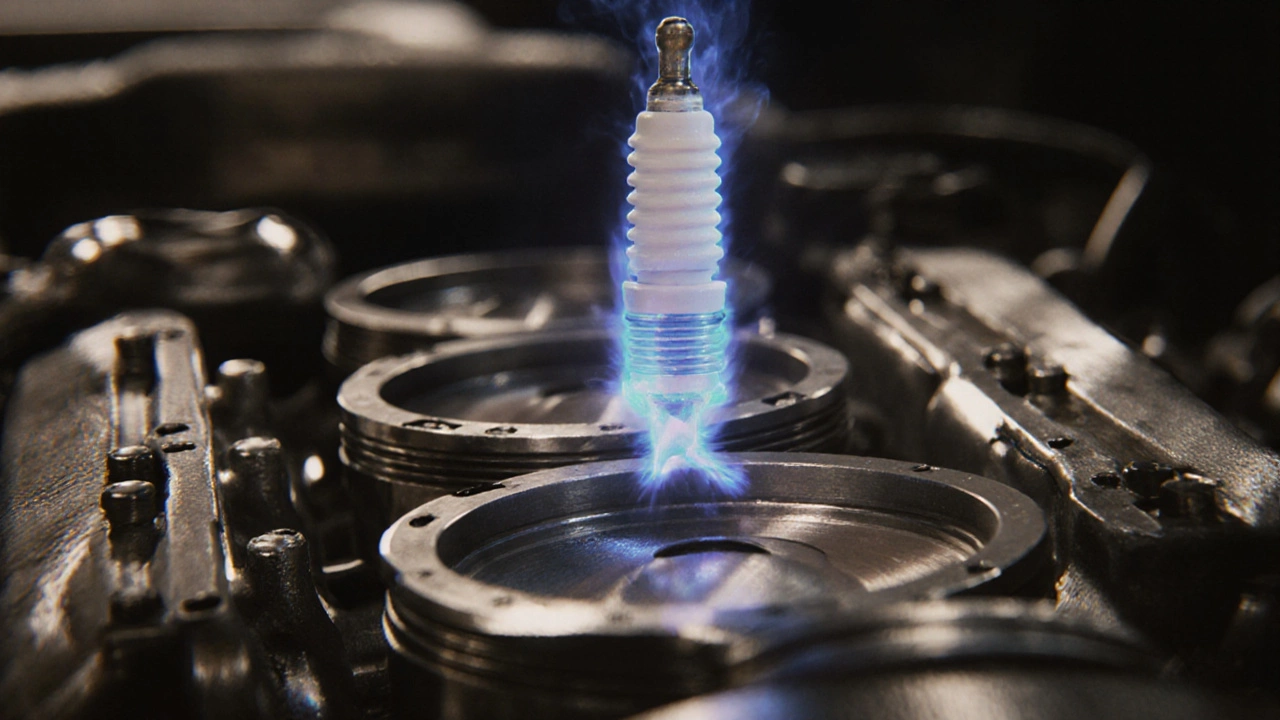
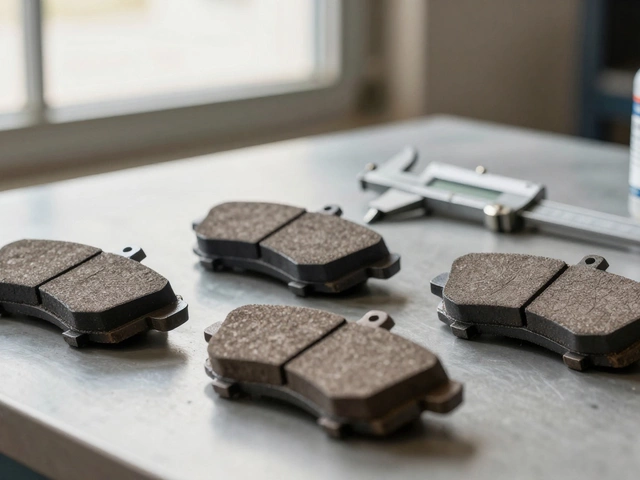
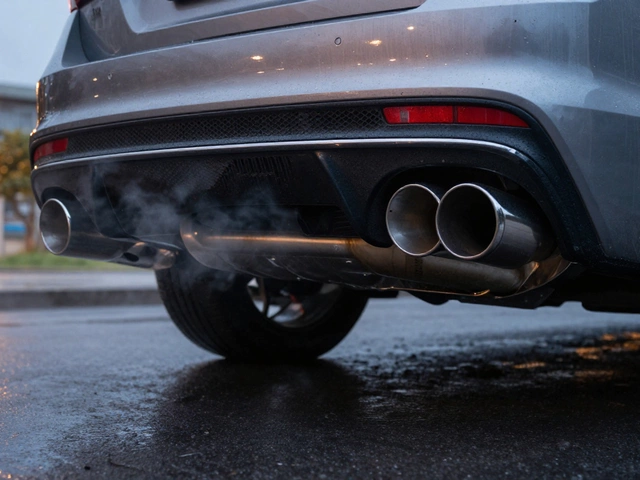
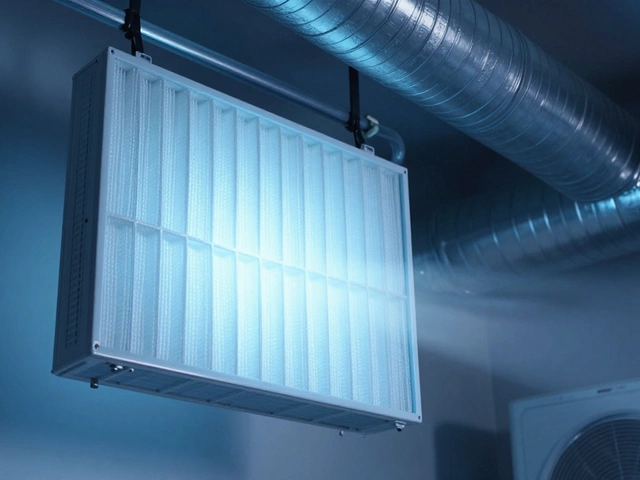

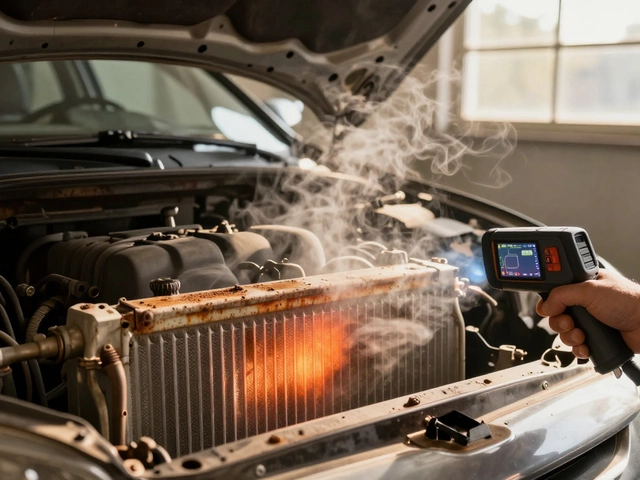





Write a comment